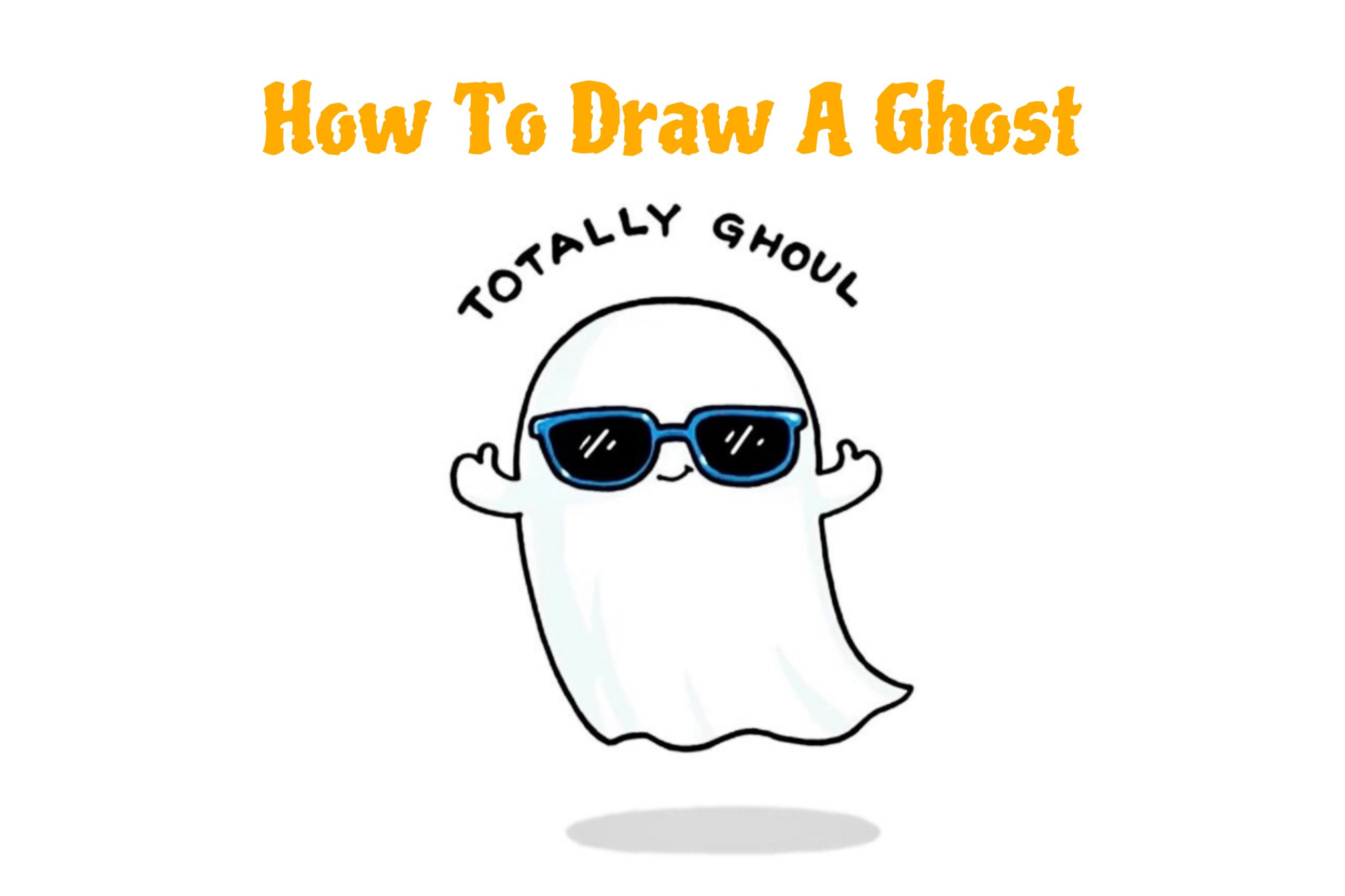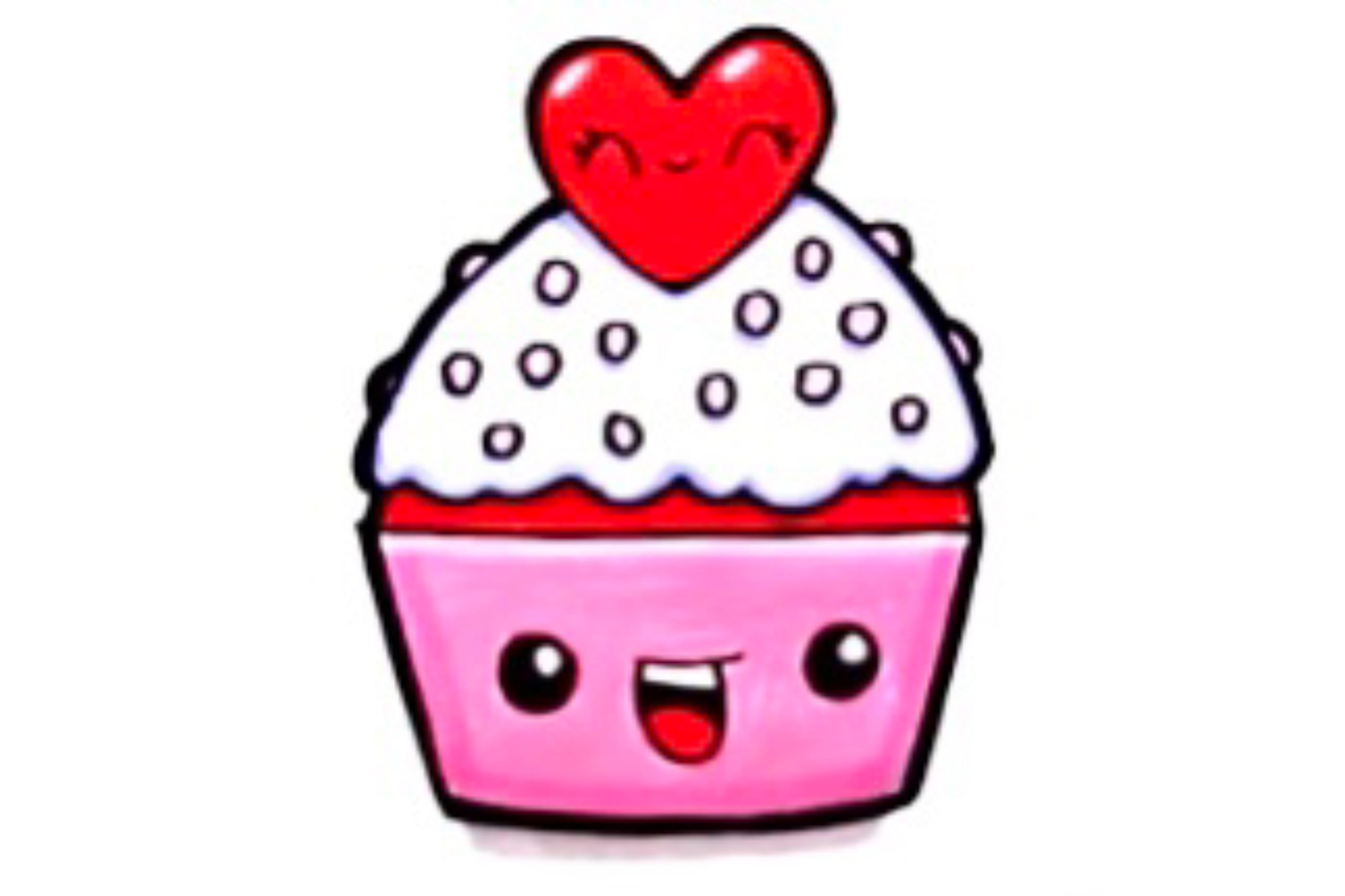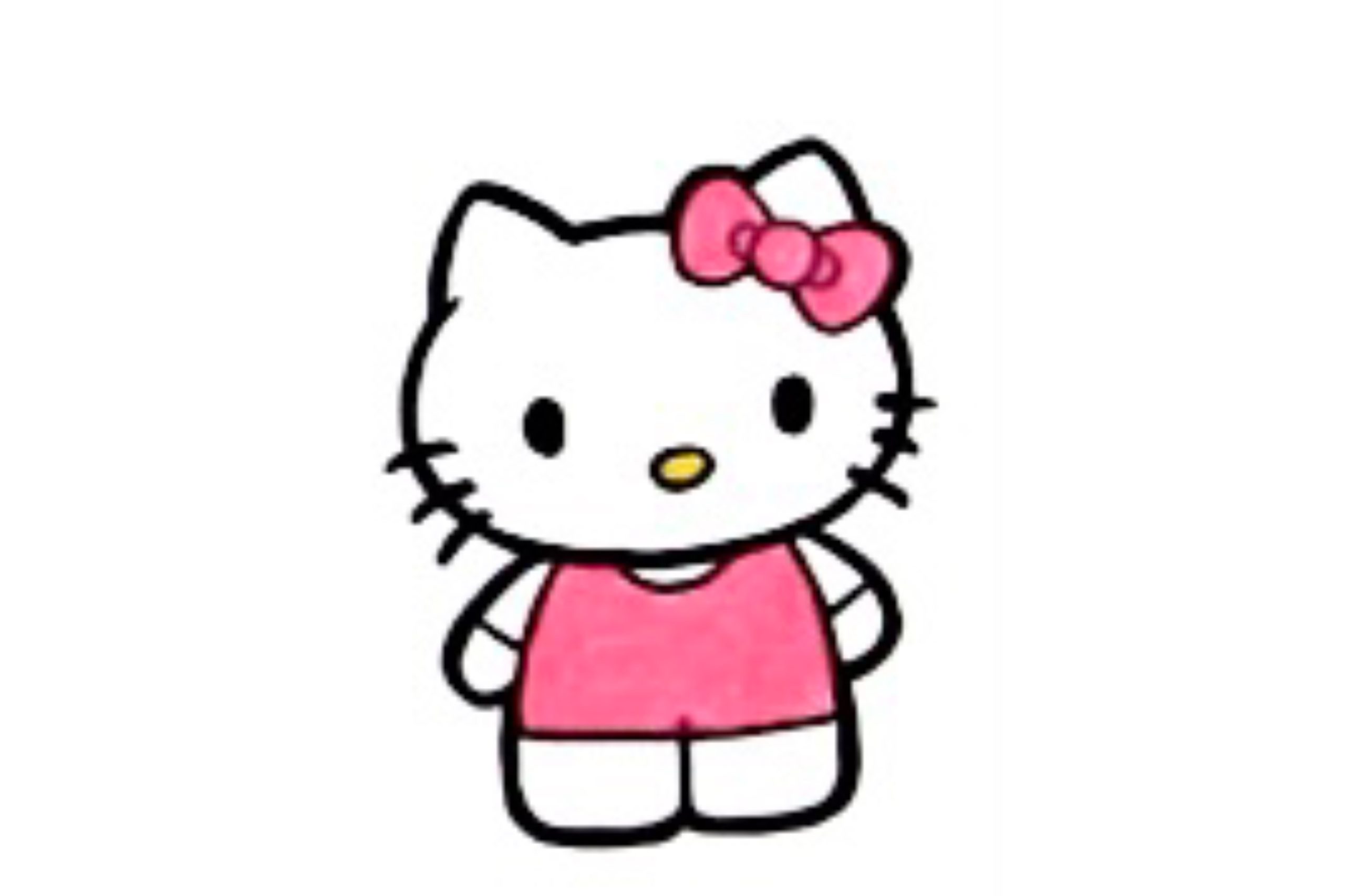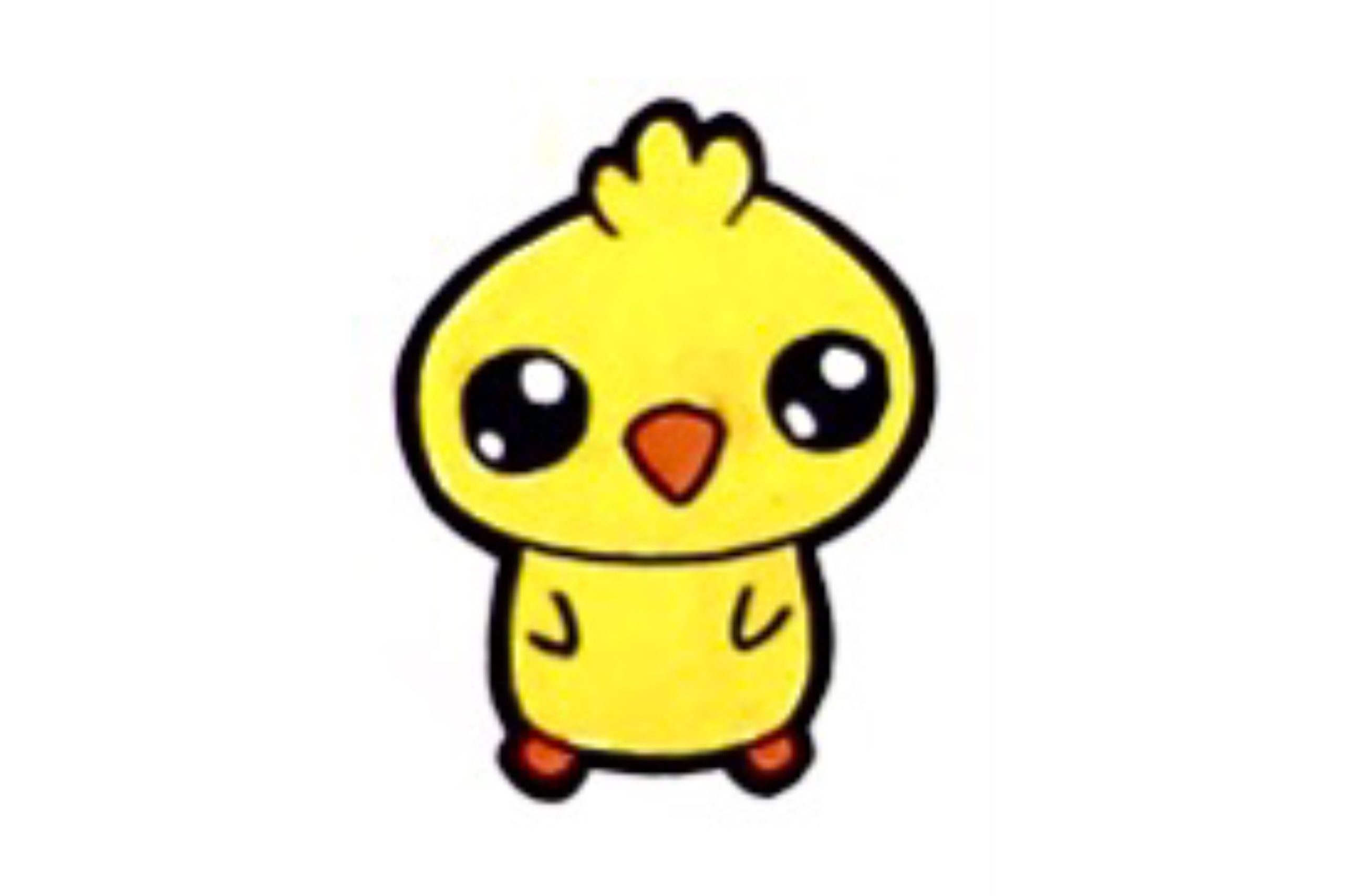Coloring Techniques
Mastering The Art Of Coloring – Your Ultimate 2024 Coloring Tips
Want to know more tips for coloring better? The Jorz.art blog provides simple but useful coloring tips for you.
I. Introduction
1. Importance of coloring as a creative and relaxing activity
For both adults and children, coloring is an enjoyable and fulfilling activity. Coloring is a great way to relax and promote creativity. Coloring pages encourage creativity. They give you an empty canvas. You will express yourself by using different hues, patterns, and styles. This flexibility encourages creative problem-solving and the generation of fresh ideas. Your brain can get more relaxed by coloring. It calms an anxious mind and produces a similar mood as meditation. This promotes calmness and mindfulness. Therefore, coloring can help your mind decompress after a demanding workday.
2. Excitement for the journey of improving coloring skills
Have you ever gotten critical of your coloring page? Coloring is much more than just filling in blanks! Actually, there are a ton of methods that you can study and apply right away. These methods aid you in improving color pages. Maybe all you need are a few instructions on color control and shading. Alternatively, you might only require a new set of supplies. This will benefit you when you start getting bored of using the same old colored pencils or markers.
If you want some tips or to color better, keep reading our quick guide for your better coloring page!
II. Understanding color theory
1. Color wheel and its significance
Artists use color theory to find the best color combinations. Color theory is a useful combination of science and art. Isaac Newton created the color wheel in 1666 by projecting the color spectrum onto a circle. Because it illustrates how colors relate to one another, the color wheel serves as the foundation for color theory. On a color wheel, there are 12 main colors.

The color wheel is a great tool for artists to create drawings with a harmony in colors.
2. Primary, secondary, and tertiary colors
There are three categories for colors on the color wheel: primary, secondary, and tertiary.
On the RGB color wheel, the three primary colors are blue, green, and red. These colors when mixed up create pure white light.
While on the RYB color wheel, the primary colors cannot be separated from other colors. They are blue, yellow, and red.

Secondary colors are produced by combining two primary colors. Therefore, there are three secondary colors for each type of color wheel.
These correspond to cyan, magenta, and yellow on the RGB color wheel. The secondary hues of the RYB color wheel are orange, purple, and green. Colors created by blending a primary and a secondary color are known as tertiary colors. Six tertiary can be created from each type of color wheel.

3. Complementary and analogous color schemes
Analogous color schemes include colors that are adjacent to one another on the color wheel. A slice of that wheel is represented by these schemes. They often include an accent color, a supporting color, and the main color. Analogous color schemes are generally the most calming, balanced, and neutral color schemes. Therefore, these schemes are mostly appealing to us.
Whereas, complimentary color schemes consist of hues that are in opposition to one another on the color wheel. A base or dominating color and a contrasting color make up each of them. Complimentary color schemes work incredibly well in digital products like logos and branding. Therefore, choosing these color schemes can grab attention quickly.

4. Tips for selecting harmonious color combinations
When it comes to color selection, never forget the fundamentals of the color wheel. Just revisit it, select a color, and proceed accordingly. The possibilities are virtually limitless! To get harmonious color combinations, follow color schemes. Each scheme can serve you differently. Therefore, always ask yourself what you want to express through your color choices before picking any scheme.
Related topic: Let’s Get Creative With Color Wheel!
III. Here come some coloring tips!
1. Start with a good foundation
Want to color better? First, you need to ensure your papers, colored pencils and other tools are in good quality. Using the right tools will make your creative journey more enjoyable as you color. For example, Jorz.art love investing in a good set of pencils. For paper, you don’t need to buy from a super fancy brand. Know your requirement and invest in your tools if necessary.

2. Understand color theory
When you color, you work with different color groups and combinations. It is of utmost importance for you to familiarise yourself with the color wheel and how different colors interact with each other. My previous section provided a quick recap on this important theory. Bear in your mind about it and the application of complementary and analogous color schemes. The fundamental theory is the key to create harmonious color combinations.
3. Practice blending and shading
Now, you should try how to make blending and shading in your coloring page. Layering colors will create smooth transitions and gradients.
For example, rather than using one green pencil to color something green, use two. Look for two greens that are close in color, but one should be lighter or darker than the other. It is normal if you can’t find the ideal fit. The most important thing is to try it on and get a sense of how it looks. As time passes by, your skill will be naturally improve.
Jorz.art has already shared some knowledge about blending and shading! This is a very basic version suitable for beginners that may be used to add interest to any coloring page. While coloring, you can improve your art by starting with basic blending and shading. Learning the fundamentals of shading and creating a basic gradient using two colors is the first step in all of this.

4. Add depth and highlights
Time for a few of the highlights! I also enjoy using a white pen for this. In this example, a white pen was used to highlight some parts of the flowers and the leave. These highlights help it stand out from the background.
The same method of adding highlights was also applied to this coloring. This drawing looks more deep because darker shades were applied along with highlights. Creating shadows and highlights will give your coloring depth and dimension.
To improve the depth of your coloring page, pay attention to light source. You should decide where the light will hit your subject. This will allow you to have parallel shading and highlights. The combination of highlights and shadows will then improve your coloring.

5. Practice mindful coloring
Coloring is a task that promotes present-moment awareness by helping us concentrate on a particular task. For all age groups, the substantial advantages of mindful coloring sheets are already becoming apparent. As a fun technique to enhance both physical and mental wellbeing, mindful coloring can benefit us as yoga and meditation. Therefore, practicing coloring with a high level of calm, concentration, and quietness will lead to great relaxation in your mind.
6. Seek inspiration and learn from others
Another simple but beneficial way to improve your coloring page is to learn from others. You can join online coloring communities or forums to connect with fellow colorists. Following different artists and colorists of various styles on social media platforms will help you fill your day with coloring inspiration and tips. Exposing yourself to coloring tips frequently will help you learn new techniques and ideas for improving your coloring skills.

7. Embrace mistakes and learn from them
When starting something new, let’s start with the basics first. Don’t panic when you cannot improve the coloring page quickly. We grow the most when we take the biggest artistic try!
You may have an awful coloring page but you learn something new from it. That is a victory, in our opinion!
Use your high-quality materials and don’t be scared to sabotage your beloved books. Try them out and take a chance. You will not be able to truly unleash your imagination until then. You could be surprised at what you can come up with in a few months or a year.
IV. Practice regularly!
Coloring is easy for everyone. That explains why most children choose coloring to express themselves. However, if you want to advance your coloring, there are certain things to care about. You should first understand the color theory. Then, improve your skills by adding shading, blending, or highlights to your coloring. They might look advanced at first. But screw it! If you break it down into achievable steps, even a beginner can improve the coloring page.
You will notice gradual changes from your previous coloring if you use my recommended techniques. If you just keep coloring, try putting some of these beginner coloring techniques into practice. Keep pushing yourself a little bit more each time and you will finally get there.
Want to know more tips for coloring better? The Jorz.art blog provides simple but useful coloring tips for you. Contents… View More









